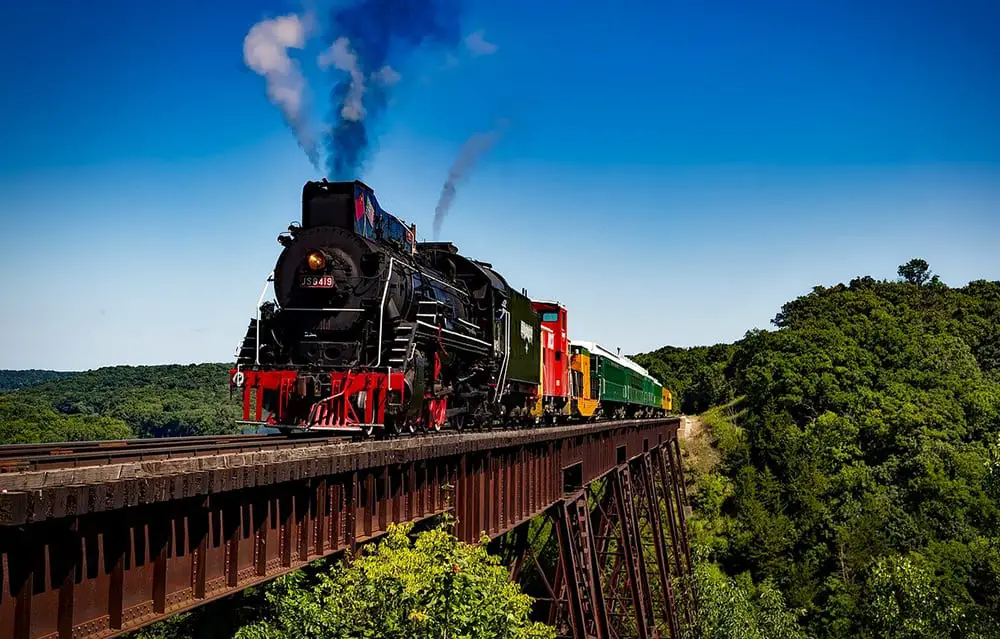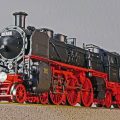How heavy is a train? Well, that depends on the type of train, what is used for, how old it is and more.
This article will cover how heavy the most common types of trains (steam, diesel, electric, high-speed) are and provide you some sources to explore on your own further.
Steam trains
Steam trains are probably the most popular trains out there, partly because of their age, partly because of just how cool they are. As steam trains are so old, they have yet to be as refined as some newer models of trains. For example, the “Big Boy” steam train that was built back in 1941 weighs a whopping 1.2 million pounds. This is far heavier than the average steam train, that could weigh on average just 400 thousand pounds. As steam trains developed, they became lighter where possible, but no less impressive.
If you are interested in learning more about steam trains, or specifically the Big Boy, you can find some great info here and here.
Diesel trains
Diesel trains can weigh far less than steam trains, partly because lighter metals are more readily available. Long past are the days where nothing but raw crude iron was available in mass. Cheaper, lighter, alloy metals are now available. The weight of a diesel train can increase dramatically depending on how much fuel it is carrying, but there is still a typical weight for each locomotive. On average a diesel train will weigh between 220-440 thousand pounds.
You can read more about diesel locomotives and how they compare to steam here and here.
Electric trains
Electric trains vary in size and weight drastically because so much depends on what the train’s purposes are. If we take one of the most famous electric trains, the Euro Sprinter, we can see that it weighed around 180 thousand pounds. Far less than the diesel and steam trains that came before it. It is also built for speed, not pulling power. This can lead to a drastic drop in weight. This weight is interestingly comparable to some of the faster steam trains, for example, the Flying Scotsman weights just 210 thousand pounds.
You can read more about the newer electric trains, or the Flying Scotsman here and here.
High-speed trains
Calculating the weight of a high-speed train can be a little harder. They are typically weighed with their carriages, as they are so often attached. The weight of a Shinkansen train with a 16-car set is about 1.57 million pounds. Their incredible speed despite such a huge weight makes them all the more impressive. Comparatively, the French SCNF TGV Duplex weighs just 837 thousand pounds. Even if we narrow the question, “How much does a train weigh?”, down to just one specific locomotive type there is still a huge difference between the lightest and the heaviest.
You can read more about the Shinkansen high-speed trains and the French TGV trains here and here.
Conclusion
As you can see the weight of a train can vary so much. Trains have been around hundreds of years, and over that time they have diversified in style, power source, material, and of course weight. Just because a train is newer doesn’t mean it will be lighter, just as the older trains such as the Flying Scotsman (that still uses steam) will not necessarily weigh much more. Hopefully, this article has answered some questions you had about the weight of these different types of trains, if not, the sources provided offer you further knowledge that you can explore.






